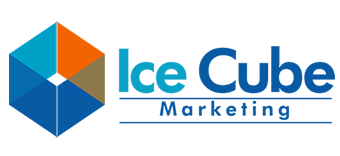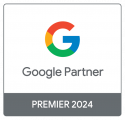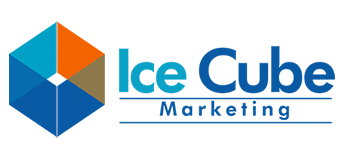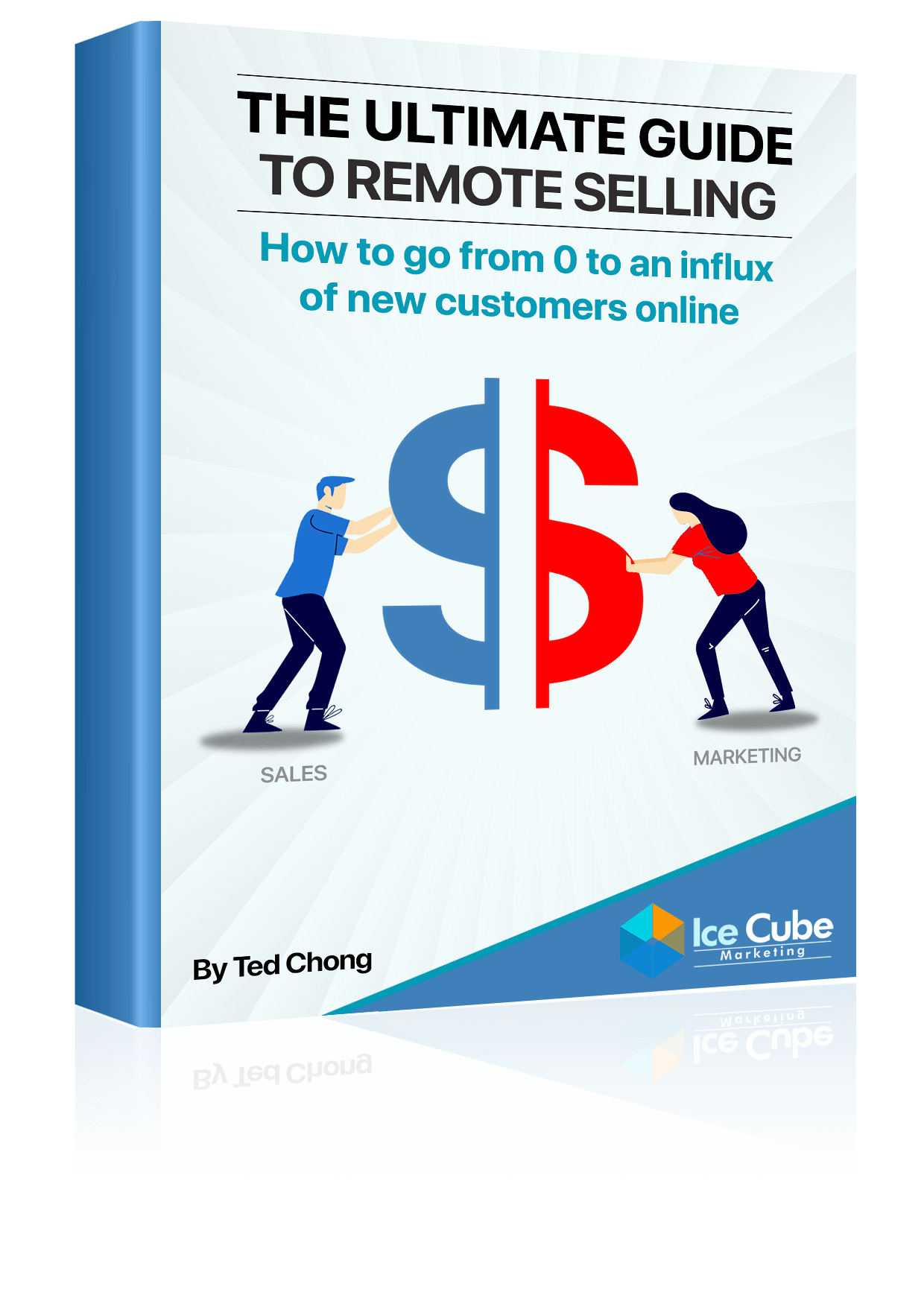According to Statista, 2015 brought about $59.82 billion spent on digital marketing in the US, and the number is expected to grow to a whopping $113.18 billion by 2020. A field growing in popularity day by day, Digital Marketing has been the talk of the town over the last decade. To some, it remains a cloud of mystery.
In this infographic, we attempt to simplify the topic for brands that are just starting out and are overwhelmed by the sheer number of things they have to do. There seems to be an ever-increasing list of activities under the umbrella of digital marketing that demands our attention. Most of them are sadly not worth our time. Here, we cover what we consider the foundation of digital marketing that forms the requisite for greater things to come.

Website leads conversion
Your website is not just a namecard. It can be a source of leads and sales for your business. To do so, it needs to be able to convert web visitors into leads. With a potential customer in mind, you would need to ensure that your website provides them with a good level of ease and convenience, whether in navigating your website and learning about your product, or simply in contacting you. Hence, adding forms to every page of your website can work miracles, and avoids the customer having to strain their mind browsing your website for an enquiry they may have.
Meanwhile, testimonials and other social proof from your previous and current clients placed on various landing pages of your website would give a good impression to potential clients or customers, drawing them to look more into and eventually purchase your product or service. This occurs as, instead of you and your website selling the product, your testimonials etc. would do the work for you, as potential clients often prefer seeing proof that your product would benefit them, from those other than your brand’s sales representatives themselves.
Lastly, were you aware of the fact that an increasingly larger number of Internet users use their smartphones to browse websites and social media instead of, say, their laptops? This is where the importance of having a mobile friendly website comes in, since a majority of your visitors would be browsing your website through their smartphones and not their laptops. Take a step back on those graphics and animations, and ensure that the mobile version of your website is just as easy to navigate; and see the leads rolling in!
Email marketing
Lets put it this way: do you know anyone who doesn’t have an email address? Neither do we. Moreover, Exact target reported that accessing email is the one task people tend to use their smartphones for the most; yes, even more than connecting to social media.

Hence, reaching your current or potential customers through their email may be the best marketing tool you may have the liberty to use. An email marketing campaign’s ability to be personalised specifically towards each customer gives you all the more reason to consider this particular marketing tool since. Often enough, customers seeking your product may not always be aware of that new blog post on your website, or that brand new service your company just launched. With email marketing, your customers can be made aware of all this, as well as new promotions and updates specifically catered towards your loyal customers. Moreover, A study by Adobe found that your current customers are 9x more likely to convert than 1st time prospects.
How would you jump on the email marketing bandwagon, you may ask? It’s quite simple, really. After you’ve complied a list of all your customers’ emails and contact details, you can pick one of several email software providers –Mailchimp, for example, is completely free for your first 2000 subscribers! –and proceed to blast your emails. Other tools such as SumoMe, Leadpages or OptinMonster can always be used to continue collecting more emails, and by sending out regular and attractive emails to your customers, you earn their loyalty. Voila Norbert is another great tool to use for finding and verifying email addresses
Search Engine Optimization
Search Engine Optimization –or SEO, as it is more commonly known –is the buzzword within digital marketing as it stands now. SEO is the top source of organic traffic and leads. With 97% of consumers using the Internet to search for products or services they require, SEO potentially is a vital lead generation tool.
So, how does one go about planning SEO? To track your web traffic, install Google analytics; to communicate with the Google search engine, install Google search console; and lastly, install an SEO plugin such as Yoast, if you are using WordPress. After submitting your sitemap to the Google search console, you must begin producing keyword-based content. This, along with ensuring your website’s URLs are short and concise, would gradually move you further up in your potential customers’ search results, hence leading them to your website and, eventually, helping you create yet another source of leads. For more information, check out our comprehensive guide to technical SEO.
Social Media
In the current decade, social media has become the driving force for businesses. Often enough, it can too be said that, without a presence on social media, your brand may just cease to exist. Here is a list of free advertising sites to maintain your online presence. Keeping up with the times is crucial for your business, both in drawing in more customers and maintaining your existing ones. As with the case of email marketing, social media aids your brand in getting the word out; in updating your clients of your new promotions and services, while targeting potential clients with the use of ads. Our day to day lives often feel incomplete without accessing social media a few times a day, at the very least, with Singaporeans, for example, having reported to be spending a whopping 2.2 hours a day on social media. An indication of the role of social media within businesses can be seen too with the online presence of 91% of retail brands on two or more social media platforms.

In terms of your website, connectivity to various social media platforms and vice versa should be your topmost priority. This can be established by adding social sharing buttons to every page of your website, and, while sharing posts on social media, ensuring that your posts lead to your website, so as to increase the traffic and resulting leads. However, before you can go about sharing and spreading the word on social media, it is too integral that the content on your website is beneficial enough to your users. Social Media, as the name suggests, is a platform for socializing and not for selling. Hence, brands should strive to provide value and useful content on social media, with the view of building a long term relationship with their audience.
Finally, it is also recommended that brands try out advertising on Facebook. It allows them to reach out to a huge group of audience at low costs, relative to other traditional ads platform such as newspaper or magazines. However, there must be proper strategy in place if one is seeking to obtain a positive ROI from their facebook ads. To that end, you can check out our guide to Facebook advertising.
Blogging
Blogging is an up-and-coming method of leads generation. It is premised on the idea of using information to create trust with today’s highly educated audience. Pay close attention to your content, and always prioritise quality over quantity. If consumers of your blog posts are put off after having read just one low-quality piece, chances are they might not return again to your website when a new piece is published and promoted.
Look to your customers’ recurring queries and frustrations, and turn them into blog posts; not only would your blog posts then be of interest to your customers, but they too would gain more traction as compared to other, less significant topics. Moreover, the content itself should be in a specific tone of voice that would attract customers; easy to read and conversational tones which can also be promoted on social media are often the best approach. Take your time in copywriting the headlines of your articles too; with the fast-paced life that we currently live, your customers would more often than not only read your article’s headline, and then go on to read the rest of the article if and only if it piques their interest.
Conclusion
Adapting to the changing tone of the world has become crucial, with the fear of you and your brand being left behind quite real. Your customers now expect you to maintain an online presence, while it has been proven time and time again that digital marketing, as compared to more traditional marketing perspectives, outperforms in all aspects, whether it be cost, convenience, or audience reach. Following these hacks listed above, digital marketing would be less of an uphill task.
Embed This Image On Your Site (copy code below):
<div style="clear:both"><a href="https://icecube.asia/21-digital-marketing-hacks-jumpstart-online-success-today/"><img decoding="async" src="https://icecube.asia/wp-content/uploads/2017/06/21-digital-marketing-hacks.png" title="21 Digital Marketing Hacks to jumpstart your online success today" alt="21 Digital Marketing Hacks to jumpstart your online success today" border="0" /></a></div><div>Courtesy of: <a href="https://icecube.asia/">Icecube Marketing</a></div>












